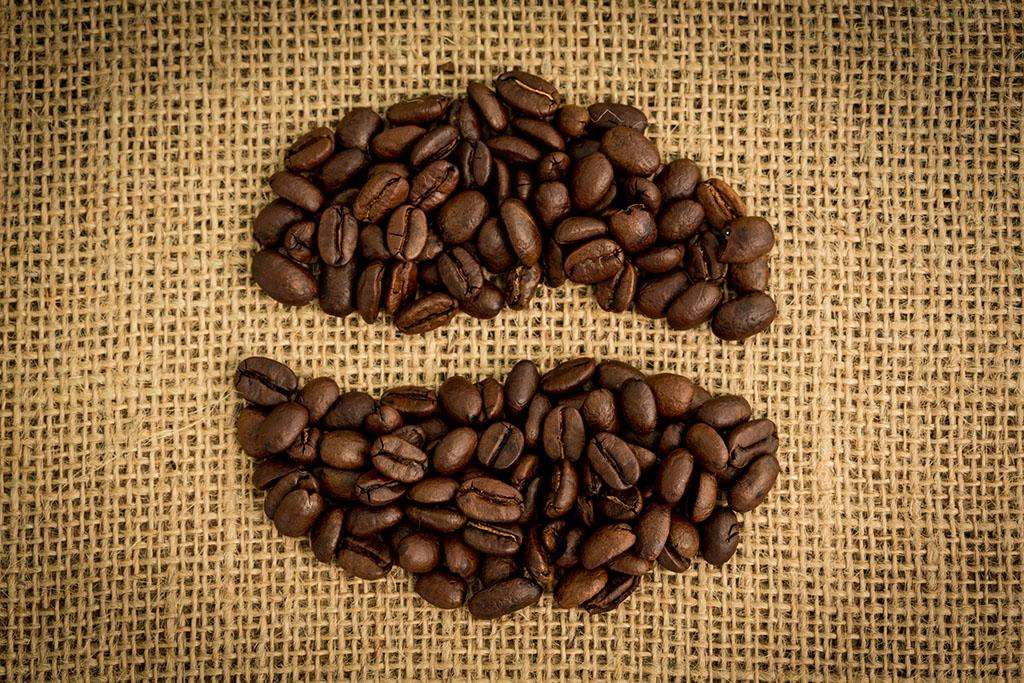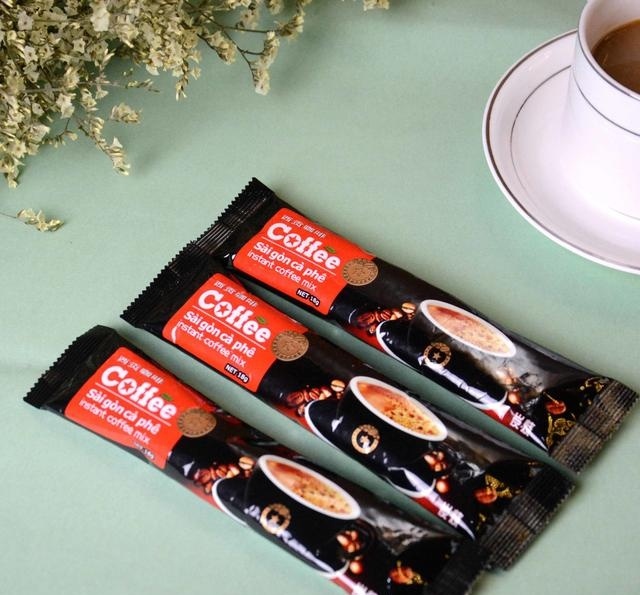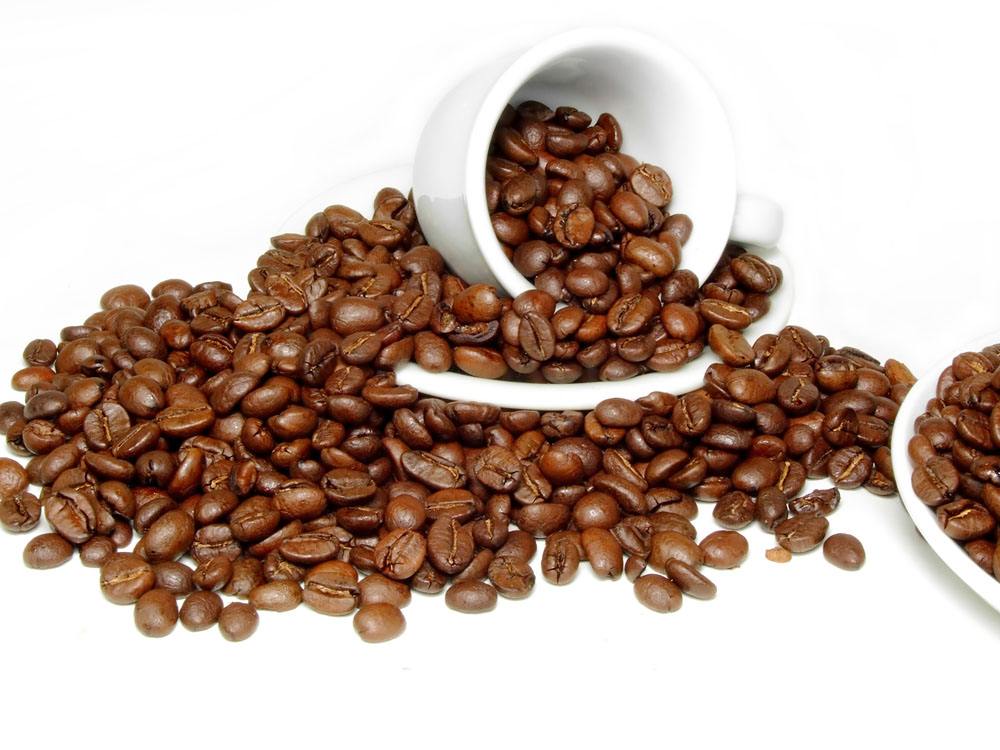Vietnam Highland Coffee introduction, the taste of Highland Coffee
Follow the caf é (Wechat official account vdailycom) and found that Beautiful Cafe opened a small shop of its own.
DavidThai, founder of Highland Coffee, was born in South Vietnam in 1972 and emigrated to Seattle at the age of 6. Under the influence of Starbucks' hometown, he decided to return home to start a business at the age of 24. In 1996, he went to Hanoi to study Vietnamese for a year, during which time he also visited Japan, Thailand, Singapore and other Asian countries. Two years later, he founded Plateau Coffee, a subsidiary of Yue Thai International Joint Stock Co., Ltd. (VietThaiInternationalJointStockCompany,VTI). At the beginning, he mainly promoted it in major hotels and supermarkets in Vietnam. In 2002, the first Highland Cafe opened opposite the Red Church in Ho Chi Minh City, offering cinnamon coffee that foreign tourists are most familiar with, while its EspressoArabicaSupreme strictly selects 100% Arabica, which is representative of the top taste. In addition to coffee, Highland Coffee also offers a variety of light meals and teas, so it achieved brilliant results in its first year. At present, Highland Coffee has dozens of branches in Vietnam, most of the five-star restaurants, high-end Western food and 3gamer 4 tourists unanimously trust the coffee brand is HighlandsCoffee.

No matter what kind of Vietnamese coffee it is, it has a "resilience" different from Eurasian bourgeois coffee culture, and this toughness comes from its constant "mixed race". From the beginning with France, Vietnamese coffee has continued to "mix", even now is still mixed, such as VINACAFE launched a Korean red ginseng flavor of four-in-one instant coffee, well received. However, I have also heard that some Taiwanese have taught Vietnamese to add monosodium glutamate to their coffee, so this kind of desktop mixed-race taste is more difficult to imagine, at least it is not good for health.
At present, although the coffee production in Vietnam is not comparable to that in Brazil, the development rate of coffee production in Vietnam is very remarkable. It is predicted that Brazil's coffee production will reach 34 million bags this year, of which 24 million bags are high-quality Arabica coffee. Vietnam's coffee production was only 3.6 million bags in 1985, will leap to 13 million bags in 2001 and is estimated to rise to 16 million bags in 2004.
The Latin American Business Daily said that the direct impact of the increase in coffee production in Asia is that the supply of coffee exceeds demand in the international market. This year, the total world coffee output is estimated to be 115 million bags, and the world coffee consumption is about 105 million bags, with an oversupply of 10 million bags. At present, the world coffee stock has 40 million bags. The substantial increase in the number of coffee on the market is bound to impact the price of coffee. From 1995 to 2000, the average price of the highest quality Arabian coffee on the international market was $1.30 per pound, but by the end of May this year, the average price had fallen to $0.60 per pound.
It is reported that the annual export value of coffee beans in the world reaches 8 billion US dollars, and the export value of roasted coffee beans is 55 billion US dollars. In the 1990s, global coffee consumption increased by 1.5%. The United States is the world's largest consumer of coffee, consuming 19 million bags of coffee a year, while Brazil is second, consuming 13 million bags of coffee a year. Finland drinks 11 kilograms of coffee per person per year, ranking first in the world in terms of per capita coffee consumption, followed by the United States and Brazil, with 5 kilograms and 3.6 kilograms of coffee per person respectively.
Important Notice :
前街咖啡 FrontStreet Coffee has moved to new addredd:
FrontStreet Coffee Address: 315,Donghua East Road,GuangZhou
Tel:020 38364473
- Prev

Vietnam Saigon Coffee introduction, Vietnam Saigon Coffee taste
Follow the caf é (Wechat official account vdailycom) found that Beautiful Caf é opened its own shop Saigon Coffee (Vietnam) Co., Ltd. is a Vietnamese overseas Chinese enterprise specializing in the production and sale of SagoCAFE coffee. In the early days, it provided substitute processing and coffee raw material supply for many coffee enterprises in Vietnam, and now it has a subordinate production base in China-Nanning Xigong coffee.
- Next

Vietnamese Coffee making Technology, Vietnamese Coffee characteristics
Following caf é comments (official Wechat account vdailycom) found that the opening of a small shop in Vietnam is very favorable for coffee cultivation. Southern Vietnam has a hot and humid tropical climate suitable for growing ROBUSTA coffee, while northern Vietnam is suitable for growing ARABICA coffee. Coffee production in Vietnam has the following characteristics: (1) because there is no effective way to deal with fallen leaves, in the 20th century
Related
- Detailed explanation of Jadeite planting Land in Panamanian Jadeite Manor introduction to the grading system of Jadeite competitive bidding, Red bid, Green bid and Rose Summer
- Story of Coffee planting in Brenka region of Costa Rica Stonehenge Manor anaerobic heavy honey treatment of flavor mouth
- What's on the barrel of Blue Mountain Coffee beans?
- Can American coffee also pull flowers? How to use hot American style to pull out a good-looking pattern?
- Can you make a cold extract with coffee beans? What is the right proportion for cold-extracted coffee formula?
- Indonesian PWN Gold Mandrine Coffee Origin Features Flavor How to Chong? Mandolin coffee is American.
- A brief introduction to the flavor characteristics of Brazilian yellow bourbon coffee beans
- What is the effect of different water quality on the flavor of cold-extracted coffee? What kind of water is best for brewing coffee?
- Why do you think of Rose Summer whenever you mention Panamanian coffee?
- Introduction to the characteristics of authentic blue mountain coffee bean producing areas? What is the CIB Coffee Authority in Jamaica?

